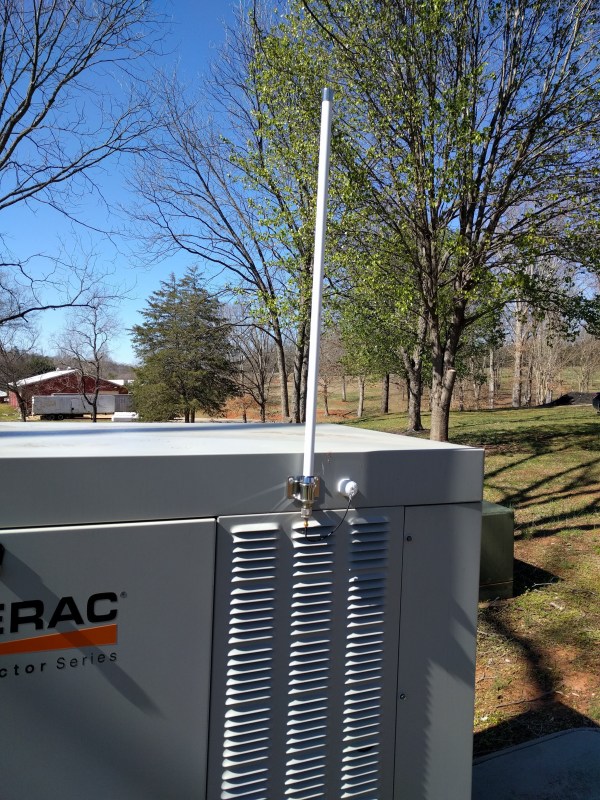Everyone knows that if you spin the shaft of a DC motor, it will generate power. [Vapsvus] has found a novel way to do this with no direct mechanical connection to the shaft. He simply taped a loop of string around to the motor can. This effectively turns the motor into a whirligig. Flip the motor to give the string a few twists, then pull on the two loops. The string unwinds and then winds back up, just like the toy we all grew up with.
The interesting thing is that the motor generates usable power when being spun like this. [Vapsvus] connected two LEDs to the motor’s leads to show what’s happening. The white LED glows when current travels from positive to negative, and the red LED glows when current travels from negative to positive.
What’s going on under the hood is all about momentum. As the motor can starts to spin, the heavy iron rotor remains still. Power is generated. Eventually, friction and torque from back EMF cause the rotor to spin as well. By the time the rotor is spinning, the motor can is already reversing direction.This generates even more power with current traveling in reverse.
Sure, this isn’t exactly practical, but we’d love to see how far it could be taken. Add a super capacitor, and we bet it would be more efficient than the magnetic shake lights which were popular a few years back.
Whirligigs are usefully little devices. Not only do they keep children entertained, you can use them as centrifuges.
Continue reading “DC Motor Whirligig Generates Power” →


















